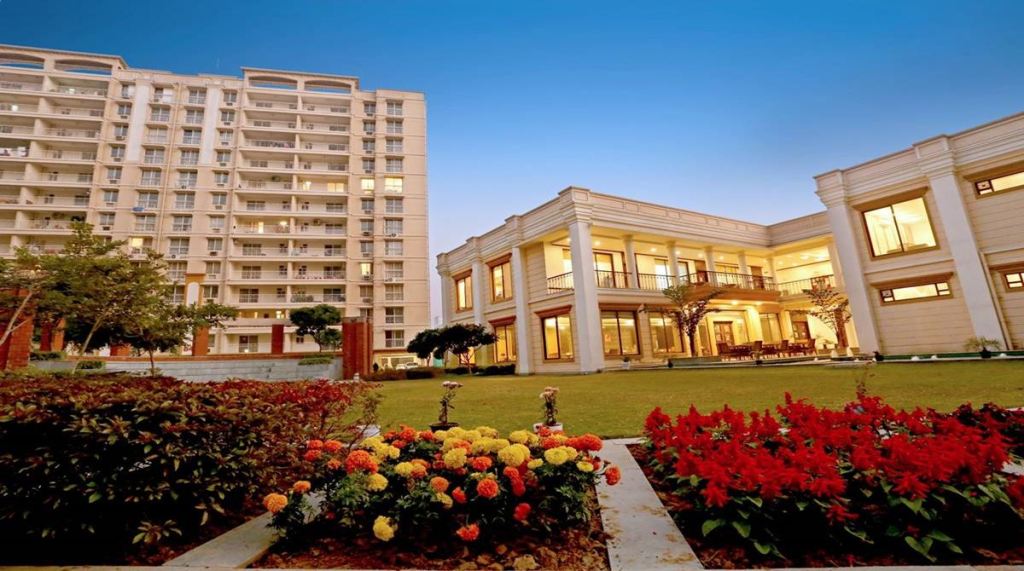The United Nations Population Fund and Help Age India estimates that India’s elderly population (over 60 years) will reach 173 million by 2026. Additionally, a study by the Confederation of Indian Industry suggests that the elderly population in India will make up 18% of the total population by 2050, reaching 300 million. The retirement home market is growing as seniors increasingly seek safety, care, well-being, and companionship, particularly in the wake of recent tumultuous times and the increasing prevalence of nuclear families.
In the current scenario, retirement homes in India refer to housing options for older adults, typically 55 years and above. These projects are more on the lines of Independent Living (IL) for active adults who can take care of themselves, while Assisted Living (AL) for those who need help with daily activities.
As seniors increasingly seek independence, the demand for senior living is growing. However, children and seniors have different perspectives on senior living. Children see it as a way to ensure their parents’ safety and security, while seniors value companionship, independence, a hassle-free lifestyle, and the opportunity to pursue their passions in a high-quality environment. Many seniors today are financially stable, well-traveled, and socially active, with clear plans for their retirement. This presents a significant opportunity for developers and investors, but supply is limited, with only 55 projects from the top 12 players, 60% of which are in tier 2 cities.
Also Read: Home Purchase: A step-by-step guide to help you buy a second home
Region-wise, Southern cities account for nearly 69% of senior living projects, consistent with the assumption that the elderly population in Southern states will grow faster than the rest of India. Prominent cities with senior living facilities include Goa, Vadodara, Jaipur, Bhopal, Mysuru, Coimbatore, Dehradun, Kasauli, Puducherry, Kodaikanal, Kanchipuram, Bengaluru, Pune, Faridabad, Noida, Chennai, and Mumbai. Ashiana Housing, ranked as the No. 1 Senior Living provider in India by Track2Realty, is the largest player in the market. They have completed five projects in cities including Bhiwadi, Jaipur, Lavasa, and Chennai. Ashiana has launched one project in Bhiwadi last year and another project in Talegaon, Pune this year.
In fact, there has been a marked increase in the number of retirement home projects since 2010. With growing acceptability and demand for senior housing units, such projects are coming up in the suburbs of all key metros and some selected tier II destinations. Retirement home communities are popular among financially independent seniors who prefer to live autonomously with age peers in well-equipped communities. Senior living projects cater exclusively to seniors aged 55 and above. There are other players also who have dedicated senior-specific facilities in certain blocks/towers, allowing seniors to live among their families.
Retirement home communities operate on either an outright sale or rental model, with average monthly rentals across cities starting at INR 30,000 and going up to INR 1 lakh, depending on the facilities provided and type of occupancy. Outright sale prices vary depending on the city, facilities, configuration, and size. In addition, high-end retirement home projects have units priced between INR 2 and 8 crore.
Companionship, high quality living, conveniences, open & green spaces, and amenities such as dining, club area, activities etc. are some of the factors that make retirement homes attractive to seniors. These projects require features such as large parks, ample green spaces, and wheelchair-accessible complexes. The most desirable locations are within 5-8 km or 20-30 minutes of high-quality secondary and tertiary care hospitals.
In India, the Ministry of Social Justice and Empowerment provides grant-in-aid to NGOs and voluntary organizations for the running and maintenance of senior citizen homes (old age homes) under the ‘Atal VayoAbhyuday Yojana (AVYAY)’. The Ministry of Housing and Urban Affairs (MoHUA) has recognized that ‘Retirement Homes’ come under the category of real estate projects and are subject to the provisions of the Real Estate (Regulation & Development) Act, 2016. MoHUA has prepared model guidelines to enable state governments and union territories to make appropriate provisions in their respective Acts and Regulations to protect the rights of senior citizens and retirees who are residents of Retirement Homes.
The demand for senior living is trending upwards due to an increase in the senior population in India. As the number of economically independent senior citizens grows, so does their willingness to pay for facilities and services that cater to their physical, medical, and psychological needs. There is already a growing trend in senior citizens choosing to reside in commercially developed and professionally-managed facilities known as Senior Living.
(By Ankur Gupta, Joint Managing Director, Ashiana Housing. Views are personal)


